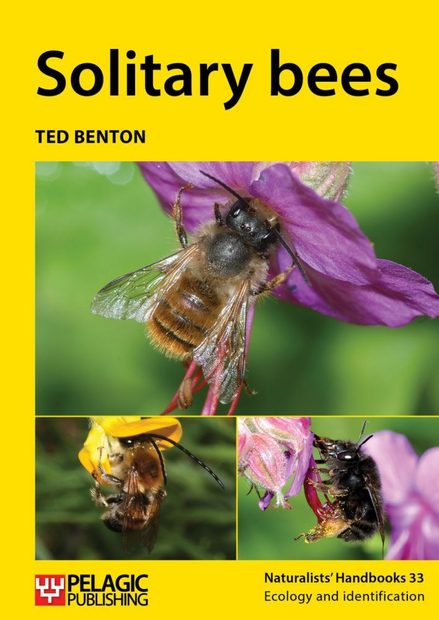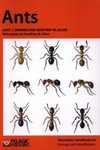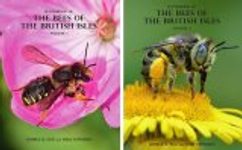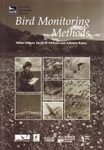Field / Identification Guide Identification Key
By: Ted Benton(Author), William DJ Kirk(Preface By)
202 pages, 176 colour photos, 65 b/w line drawings
![Solitary Bees Solitary Bees]()
Click to have a closer look
About this book
Contents
Customer reviews
Biography
Related titles
About this book
In Britain and Ireland there are about ten times more species of solitary bee than bumblebee and honeybee combined, yet the solitary bees tend to be ignored and we know much less about them. They are a fascinating, attractive and diverse group that can be found easily in a wide range of habitats, both urban and rural, and they are important as pollinators.
Solitary bees provides an introduction to the natural history, ecology and conservation of solitary bees, together with an easy-to-use key to genera.
Chapters cover: Diversity and recognition; Bee lives; Cuckoos in the nest; Bees and flowers; The conservation of solitary bees; Approaches to practical work; Keys to the genera of bees of the British Isles - Females and Males; and References and further reading.
Contents
1 Introduction
2 Diversity and recognition
3 Bee lives
4 Cuckoos in the nest
5 Bees and flowers
6 The conservation of solitary bees
7 Approaches to practical work
8 Keys to the genera of bees of the British Isles
9 References and further reading
Index
Customer Reviews
Biography
Ted Benton is emeritus professor of sociology at University of Essex, where he has pioneered the integration of ecological understanding with social theory. He has been an active field naturalist since childhood, and is author or co-author of eight books on entomological topics, in addition to his academic publications and a recent book on Alfred Russel Wallace. His two books in the New Naturalist series (Bumblebees (2006) and Grasshoppers and Crickets (2012)) have both been highly praised. He is hon. President of Colchester Natural History Society, a founder member of the Red-Green Study Group and is involved in environmental campaigning.
Field / Identification Guide Identification Key
By: Ted Benton(Author), William DJ Kirk(Preface By)
202 pages, 176 colour photos, 65 b/w line drawings
"[...] If you are interested in learning more about the fascinating lives of solitary bees, this book is worth reading at least once and probably several times to absorb the wealth of information it contains."
– Teresa Frost, BTO book reviews
"This book will be familiar to anyone who knows the Naturalists’ Handbooks, as it gives beginners a good grasp of the topic, in a simplifed and engaging manner. It is not a complete identifcation guide, although a key to British genera and clear line drawings are included (some microscopy will be needed to use the key fully). The value of having only half of the identifcation process can be debated, but I think that it fts the purpose of the series, that of helping enthusiasts to learn to walk before they can run. [...] Benton is a patient and careful observer and it is diffcult to convey in a book the level of care that is needed to make accurate observations about insects confned in a glass tube, or maybe temporarily subdued for a photograph to be taken. As stated at the start, this book is primarily not about identifcation but, rather, about encouraging the study of these fascinating insects, and in that respect it succeeds admirably."
– Adrian Knowles, British Wildlife, Volume 28(5), June 2017





















































